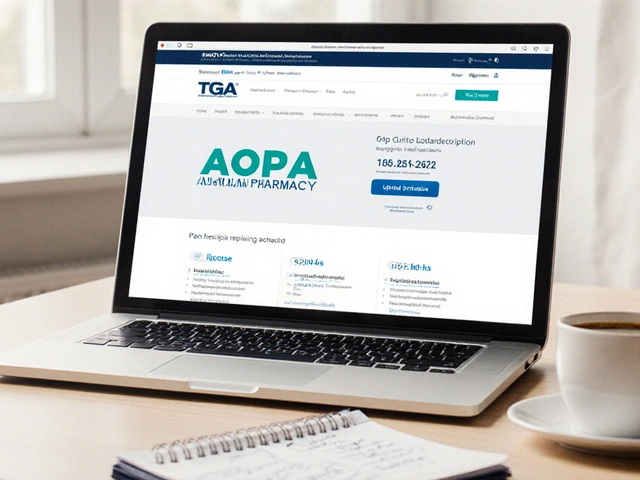Sulfur: What It Does and How to Use It Safely
Sulfur is a simple, old-school ingredient that still shows up in modern skin care and some medical ointments. Used mainly for acne, rosacea-like bumps, seborrheic dermatitis and certain scaly conditions, sulfur works by gently removing dead skin, reducing oil, and helping control bacteria. It’s cheap, effective for many people, and available over the counter in soaps, cleansers, lotions, and stronger prescription creams.
Most OTC sulfur products use concentrations between 3% and 10%. Wash-off cleansers tend to be lower, while leave-on lotions and ointments are higher. For acne, common options are sulfur masks and lotions that you leave on for a short time or overnight. For scaly or crusting conditions, doctors may recommend a sulfur ointment with higher strength or a combination product.
How to Use Sulfur — Practical Steps
Start slow. Try a patch test on the inside of your wrist or behind your ear before using sulfur on your face. If there’s no redness or itching after 24 hours, you can try it on a small area of the face.
For cleansers: use once daily at first, then move to twice if your skin tolerates it. For leave-on products: begin with every other night. If you get redness, stinging, or flaking, reduce frequency and add a gentle moisturizer.
Don’t apply sulfur to open, bleeding wounds. Avoid the eye area and mouth. Sulfur can stain fabrics and has a noticeable odor—wash hands after application and use older towels if you’re worried about smell.
Side Effects, Allergies, and When to See a Doctor
Common side effects are dryness, peeling, and minor irritation. The smell can be off-putting but isn’t harmful. True allergic reactions are rare but possible—if you see swelling, severe redness, widespread rash, or breathing trouble, stop and seek medical help immediately.
People sometimes confuse sulfur with sulfonamide (“sulfa”) antibiotics. They are different chemicals. If you have a sulfa drug allergy, tell your doctor—most people with a sulfa allergy can still use topical sulfur, but checking first is smart.
Also check with your healthcare provider if you’re pregnant, breastfeeding, or treating a child. They can confirm if a sulfur product is the right and safest choice for you.
Practical tip: pair sulfur treatments with a simple, non-irritating moisturizer. If you already use strong actives like retinoids or benzoyl peroxide, don’t layer them with sulfur at the same time—use them on alternate nights to cut irritation risk.
If sulfur helps your skin, you’ll notice less oiliness and fewer clogged bumps in a few weeks. If nothing improves or irritation keeps getting worse, talk to a pharmacist or dermatologist about other options like topical antibiotics, benzoyl peroxide, or prescription treatments.
Want product ideas or help picking the right strength? Our pharmacy team can guide you—search the site or contact our pharmacists for recommendations based on your skin type and concerns.

In my latest blog post, I delve into the incredible benefits of sulfur, a game-changing dietary supplement you should consider adding to your daily regimen. I discovered that sulfur isn't just essential for our body's overall functionality, but it also plays a key role in detoxification and prevention of certain diseases. From boosting immunity, maintaining healthy skin and joints to improving digestion, the advantages are numerous. However, I also caution that, like any supplement, it's important to consult with a healthcare professional before beginning a sulfur supplement regimen. So, go ahead and check out my new post to learn more about this remarkable mineral.
Chris Gore Jun 27, 2023



